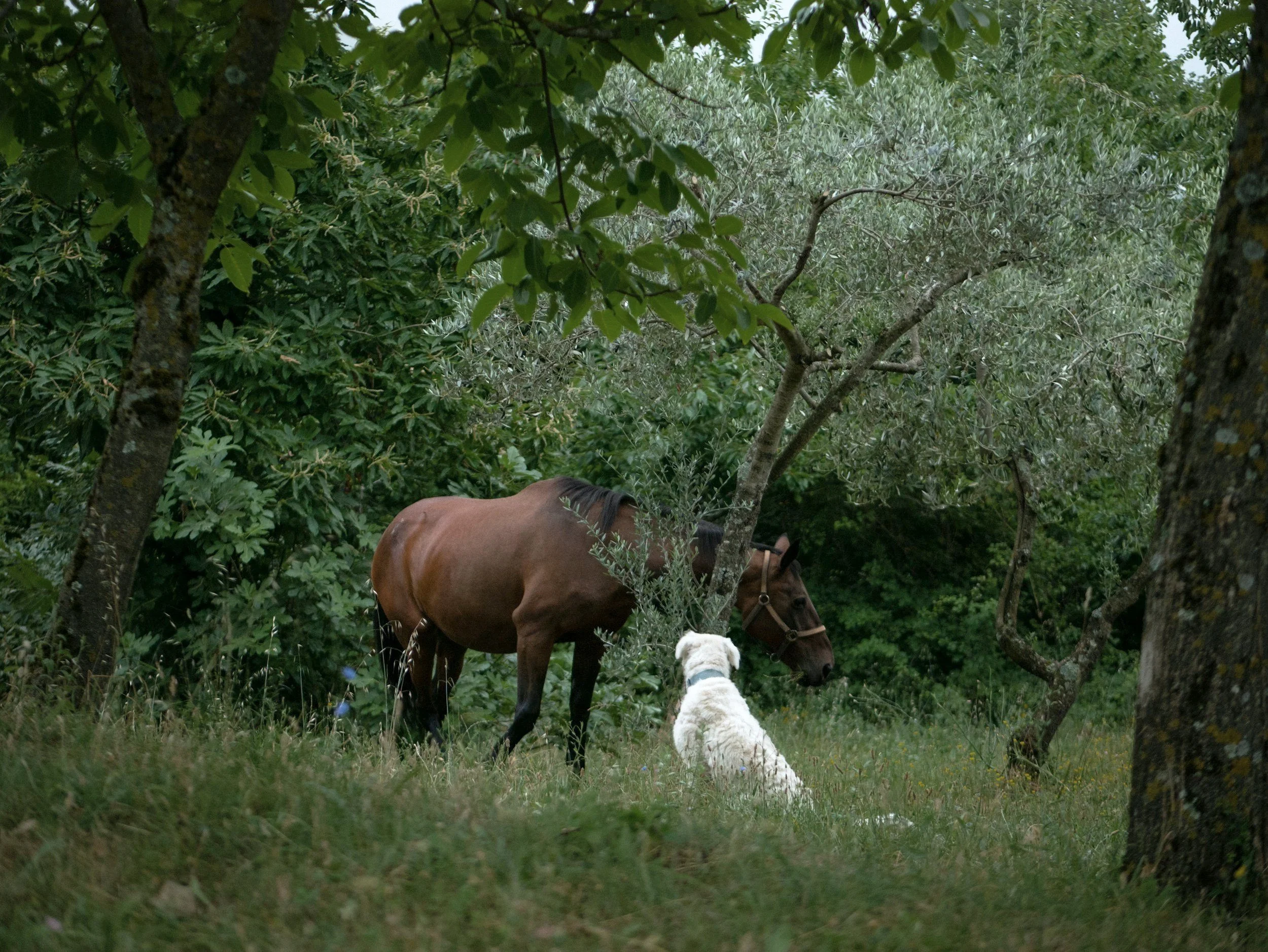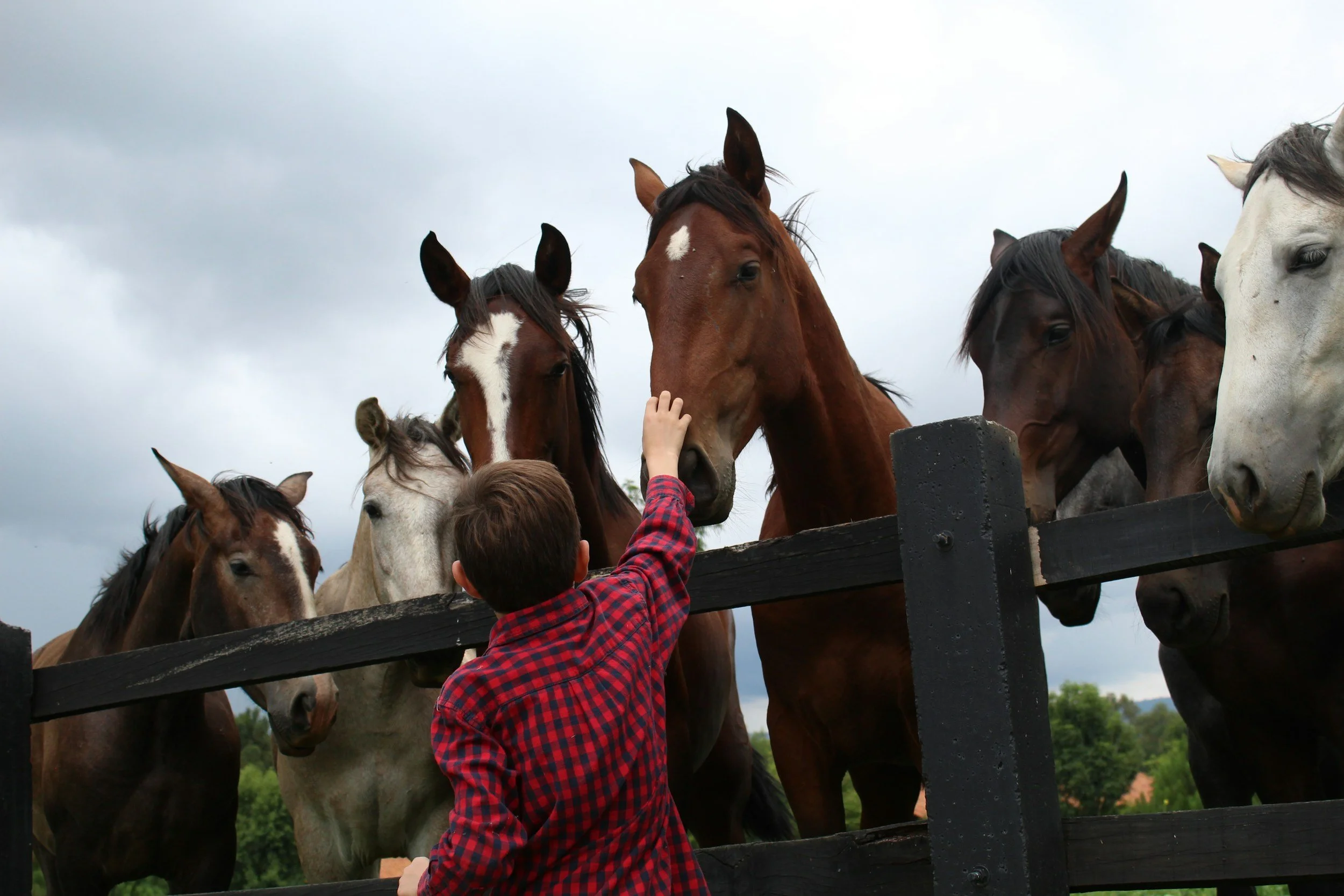Diving a bit deeper on the human–horse connection.
“In the eyes of a horse, you find a reflection of your true self.”
While I’m not trained in equine-assisted therapy, I’m interested in the relational, embodied, and non-verbal dimensions it engages. From time to time, clients express curiosity about this modality, and over the years I’ve compiled a selection of books, websites, and videos that explore how working with horses can support emotional regulation, nervous system awareness, and trauma recovery.
This collection is shared in the spirit of curiosity and connection for those wanting to learn more or explore whether this approach might be right for them.
Click on the image to read the blog post.
Links
"What is Equine Therapy?" – Jo Stanley Explores Equine Therapy
In this engaging segment, Jo Stanley delves into the world of equine therapy, exploring how horses can serve as mental health aids for humans.
"Healing with Horses" – A Journey into Equine Therapy
"Healing with Horses" offers an in-depth look at how equine therapy can facilitate healing and personal growth.
Classic and Influential Texts on Equine-Assisted Therapy
The Tao of Equus: A Woman’s Journey of Healing and Transformation through the Way of the Horse
Author: Linda Kohanov
A foundational text in the equine therapy community, blending personal narrative with reflections on emotional healing, animal communication, and intuitive intelligence. Kohanov’s work is often credited with expanding the spiritual and emotional dimensions of equine-assisted work.
It’s Not About the Horse: It’s About Overcoming Fear and Self-Doubt
Author: Wyatt Webb
Written by a therapist and horseman, this book explains how horses can help people confront personal limitations, emotional pain, and internalised fears. A popular read for clients and practitioners alike.
Horse Sense for People
Author: Monty Roberts
Though not specifically a therapy manual, Roberts’ work on natural horsemanship and non-verbal communication has heavily influenced equine-assisted therapy models, especially those grounded in trust and observation.
Healing with Horses: Understanding, Prevention and Treatment of Psychosocial Problems with the Help of Equine Assisted Psychotherapy
Editor: Karin Hediger (and contributors)
A more academic and clinical overview, this text presents interdisciplinary perspectives, case studies, and research findings, especially in child and adolescent therapy contexts.
Equine-Assisted Mental Health Interventions: Harnessing Solutions to Common Challenges
Editor: Hallie Sheade
A practical and evidence-informed guide to implementing equine-assisted mental health programs. Includes structured activities, outcome measures, and guidance for specific diagnoses (e.g. trauma, anxiety, attachment issues).
The Horse Leads the Way: Honoring the True Role of the Horse in Equine Facilitated Practice
Author: Angela Dunning
Written for practitioners, this book challenges overly human-centric models of equine therapy and advocates for a relational, horse-led approach. Reflective, ethical, and grounded in presence.
Note: The resources shared here are offered to spark curiosity and support informed exploration. Inclusion does not imply endorsement. I encourage you to approach each link, article, or video with your own judgement, and to seek professional guidance if you’re considering new approaches to your wellbeing.



